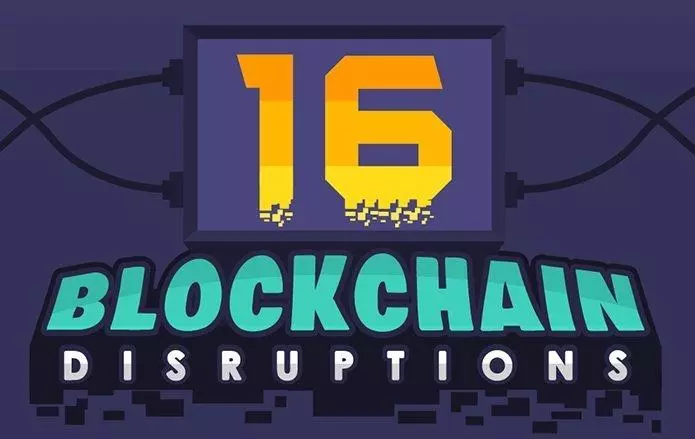Blockchain is disrupting the financial industry. This new technology is simply a distributed ledger that holds records of digital data or events in a way that makes them tamper-resistant. While many users may access, inspect or add to the data, they cannot change or delete it. The original information stays put, leaving a permanent and public information trail, or chain of transactions.

Facilitating Data Sharing
The blockchain technology enables participants who do not necessarily trust each other to engage in transactions without a trusted intermediary. This powerful disintermediation could find many uses in the supply chain management field, especially in warehouse receipts, which are suffering from massive-scale forgeries.
Blockchain, an unmodifiable and unbreachable digital ledger, was conceived 10 years ago to support the cryptocurrency bitcoin. But it has since seeped into new categories, jumping from finance to health care and, more recently, digital advertising. It's doing so with the backing of big companies like IBM and Comcast, as well as smaller startups like MadHive and Rebel AI. While government-backed legal tender is secured in bank vaults, bitcoin uses a blockchain ledger to guarantee security by providing full transparency around the currency.
The ledger tracks each unit of the currency ever created or transacted, and the number of bitcoins held by any individual as well as the path of any single unit of the currency are visible to all. By applying blockchain technology to ad transactions, data owners can securely share their assets without exporting or handing them over to another stakeholder. In addition, media owners can strike a blow against unauthorised sellers and domain spoofers.
Reducing Fraud and Improving Ownership Verification
When we think about modern financial markets, we naturally imagine cutting-edge gear and high-tech technologies. While that is certainly the case in some markets, the metals corner is a unique and striking market that still depends almost entirely on printed paper. Therefore, metal traders must rely on documents known as warehouse receipts to guarantee the existence and ownership of every pound involved in a transaction.
However, the paper-based nature of these receipts makes them an easy target for fraudsters. Besides, these receipts can also be used as collateral to obtain loans, as banks are allowed to lend money against metal commodities supposedly sitting in a warehouse. Major problems arise when these warehouse receipts have been faked, and it has happened more than once.
Hence the financial industry is moving towards Blockchain to improve the way ownership is verified. In March, Natixis teamed up with commodity trader Trafigura BV and information technology developer IBM Corp. to set up a system backed by a digital ledger. The platform would be open to all users and any attempt to alter an invoice or use a document more than once would be obvious to all participants.This digital ledger, while not a definitive solution to the warehouse forgery problem, is an important step forward in the digitization and securing of financial transactions.
Towards the Blockchain of Things
Blockchain can provide algorithmic proof of the existence and ownership of an item, but what happens when this item is smuggled through the warehouse backdoor and brought to another location to obtain a new loan? One solution to this “double-use” issue could be to link the Blockchain to the warehouse doors as well. In a Blockchain of Things system, any movement of an item would be identified, tracked, and immutably recorded on the distributed ledger, this solving the forgery and smuggling problem.
Everything will be tokenized and connected by a Blockchain one day. Scalability is the crux of that journey at the moment. Ethereum is orders of magnitude off from being able to support applications with millions of users at the moment. Many are the initiative already in development to solve the IoT issues with identity, security and interoperability. Blockchain of Things has created the first globally accessible Blockchain-enabled device network.
It is now possible for devices to autonomously track and exchange assets, record proof-of-life in manufacturing, trigger logistical events to verify the chain of custody and communicate high-value information. Chain of Things is another initiative leveraging the nexus between Blockchain and the “Internet of Things” to deploy industrial, environmental and humanitarian related solutions.





Leave your comments
Post comment as a guest